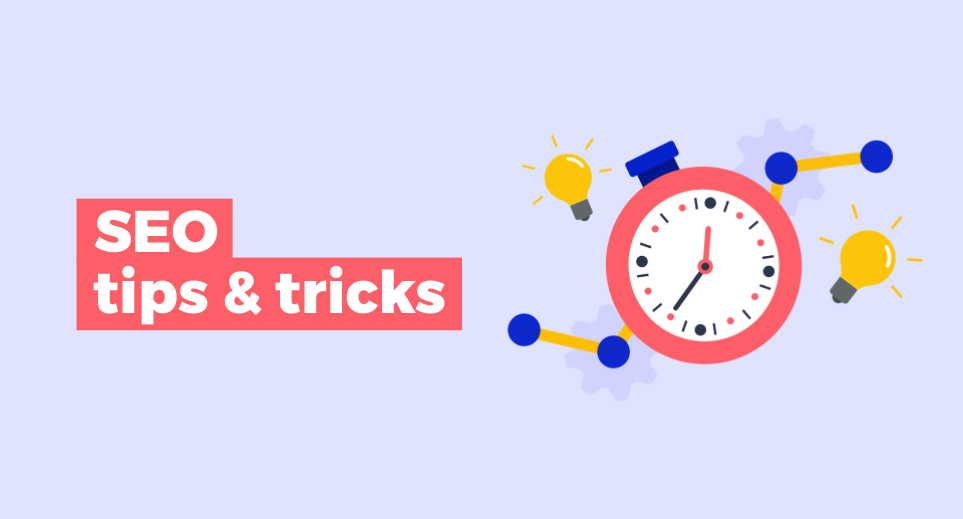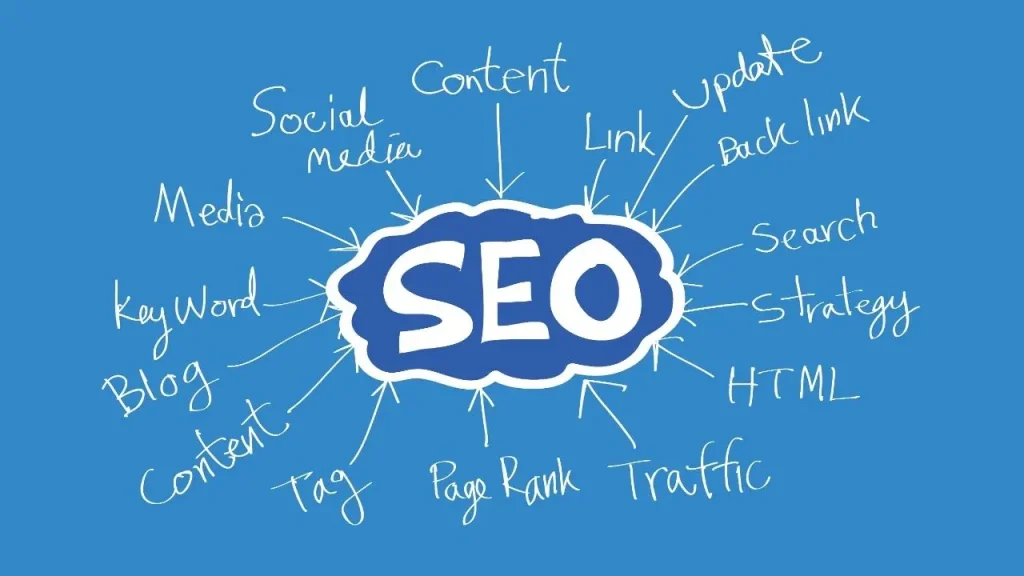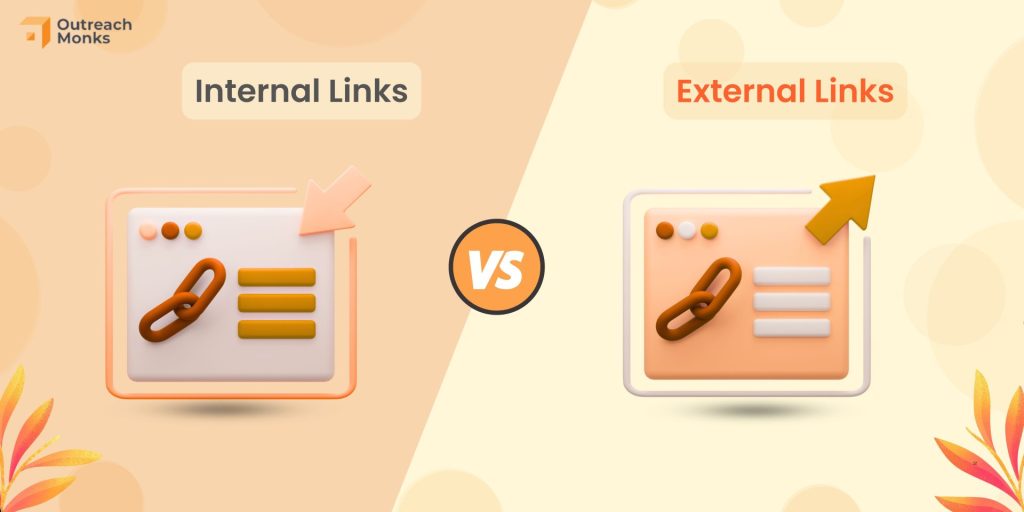
In today’s digital landscape, simply publishing good content isn’t enough to attract readers. With millions of blogs competing for attention, search engine optimization (SEO) plays a crucial role in getting your content noticed. Whether you’re a new blogger or looking to grow your existing blog, understanding the basics of SEO can help you improve visibility, drive organic traffic, and build a loyal audience. Here are the essential SEO fundamentals every blogger should know.
1. Understanding What SEO Is

SEO stands for Search Engine Optimization, which is the practice of optimizing your website and content to rank higher on search engines like Google. The goal is to appear on the first page of search results, where most users click. SEO involves a mix of on-page strategies (like keywords, headings, and internal links) and off-page tactics (like backlinks and social signals). When done right, SEO helps your content reach the right people at the right time—without paying for ads.
2. Keyword Research Is the Foundation
Keywords are the terms and phrases people type into search engines. Identifying the right keywords helps you understand what your target audience is searching for. Instead of guessing, use keyword research tools like Google Keyword Planner, Ubersuggest, or Ahrefs to find popular and relevant keywords for your niche.
Look for:
- Primary keywords – The main topic of your article (e.g., “SEO tips for bloggers”).
- Long-tail keywords – More specific phrases with lower competition (e.g., “easy SEO tips for beginner bloggers”).
- Search intent – Make sure the keyword matches what users are actually looking for (informational, navigational, or transactional).
Once you have your keywords, naturally incorporate them into your title, headings, URL, meta description, and throughout your content.
3. Optimize Your Titles and Meta Descriptions

Your blog post title and meta description are often the first things users see in search results. A compelling, keyword-rich title can boost your click-through rate (CTR), while a well-written meta description gives a clear summary of what readers can expect.
Tips:
- Keep titles under 60 characters so they don’t get cut off in search results.
- Include your primary keyword near the beginning of the title.
- Write unique meta descriptions for each post (around 150–160 characters) and include a call to action when possible.
Example:
Title: “SEO Basics Every Blogger Should Know”
Meta Description: “Learn essential SEO tips to grow your blog’s traffic. From keyword research to internal linking, this beginner-friendly guide covers everything you need.”
4. Structure Your Content with Headings
Search engines (and readers) love well-structured content. Using proper heading tags (H1, H2, H3, etc.) helps break your post into clear sections. This improves readability and gives search engines context about your content hierarchy.
- Use H1 for your main title (only once per page).
- Use H2 for subheadings, and H3 for smaller sections within those subheadings.
- Include relevant keywords in some headings, but don’t overstuff.
A well-organized structure makes it easier for Google to understand and rank your content appropriately.
5. Create Quality, Reader-Focused Content
No amount of keyword tweaking can replace high-quality content. Google’s algorithms prioritize posts that offer value to readers. Make sure your content is:
- Informative and original – Avoid duplicating content from other sites.
- Comprehensive – Cover the topic in detail and answer related questions.
- Well-written – Clear, error-free writing improves user experience.
- Updated – Refresh old content regularly to keep it relevant.
Adding examples, visuals, lists, and actionable tips can make your content more engaging and shareable.
6. Use Internal and External Links

Internal linking (linking to your other blog posts) helps search engines crawl your site more effectively and keeps readers engaged longer. For example, if you mention “keyword research” in a post, link it to your detailed guide on that topic.
External links (linking to reputable websites) show that you’ve done your research and can improve your blog’s credibility. Just make sure to open external links in a new tab to keep visitors on your site.
7. Optimize Images for SEO
Images make your content visually appealing, but they also play a role in SEO. To optimize:
- Use descriptive file names (e.g., “seo-keyword-research.png” instead of “image1.png”).
- Add alt text to describe the image, which helps search engines understand it and improves accessibility.
- Compress images to reduce file size for faster loading.
8. Improve Your Site Speed and Mobile-Friendliness
A slow or poorly designed site can hurt your SEO rankings. Google prioritizes websites that load quickly and are mobile-friendly. Use tools like Google PageSpeed Insights to identify issues and make improvements, such as:
- Compressing images
- Using a fast hosting provider
- Minimizing plugins
- Using a responsive design
9. Track Your Performance
Finally, monitor your SEO efforts using tools like Google Analytics and Google Search Console. These free tools help you track traffic sources, keyword rankings, and user behavior. By analyzing this data, you can see what’s working and where to improve.
Conclusion
Mastering SEO doesn’t happen overnight, but learning the basics is a powerful first step for any blogger. By focusing on keyword research, on-page optimization, content quality, and performance tracking, you can boost your blog’s visibility and reach a wider audience organically. Start applying these SEO fundamentals today, and you’ll set a solid foundation for long-term blogging success.

